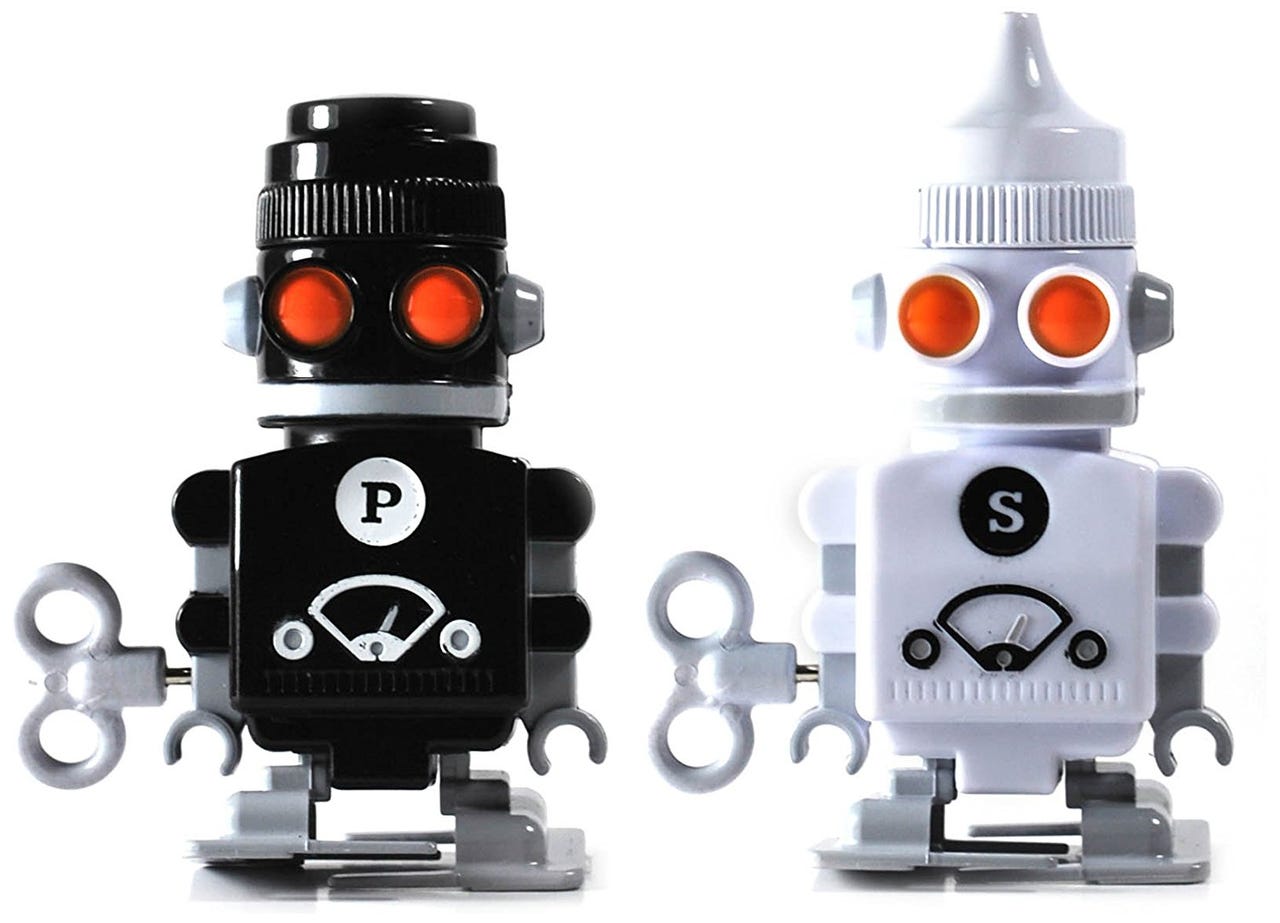7 Kickstarter projects that foretell the future of consumer robots


What a robotics VC sees
Valery Komissarova is a principle at Grishin Robotics, a hardware VC fund that invests heavily in robotics. She's also a mentor at Highway1, which helps hardware startups bring their products to market.
Her job is to predict the most promising trends in robotics and identify the creators who are poised to capitalize. So I asked her to take a gander at Kickstarter, home of revolutionary tech and flash-in-the-pan ideas alike, and show me the future of consumer robots.
Dexter: The robotic arm to end scarcity
What if everyone owned a robot that could make an infinite number of products? That's not too far from the vision shared by the creators of Dexter, an articulated robot arm designed to perform light manufacturing tasks, including additive and subtractive manufacturing.
What's unique about the project is that it's being positioned as a remedy to much of the world's inequality and strife. Imagine broad distribution of a desktop robot that could produce the products we consider critical to modern life.
The creators are positing their robot will be cheap enough to distribute broadly once the robot can reproduce itself.
Of the things Komissarova looks for when deciding whether to fund a project, two important factors are "ambition and the requisite skillset on a team to scale beyond early adopters, hobbyists, and enthusiasts."
With the entire population of the earth in mind, the makers of Dexter clearly don't lack for ambition.
Airdog ADII: The Future is Hands-Free
There's not much room left in the consumer drone space, which is dominated by DJI. "Nevertheless," says Komissarova, "there is still room for certain niche products in the drone market. The trends are in autonomy and AI." Unlike the "someday" promise of self-driving cars, Komissarova sees autonomous technology quickly penetrate the mass-market via a new generation of consumer drones.
The Airdog ADII is a camera drone built for hands-free video capture via autonomous flying. Wearing a bracelet controller, users tell the ADII what to do via several follow-the-leader and pre-planned path modes, which eliminate the need for manned operation. It's basically an autonomous Go-Pro that can get way cooler perspectives during solo adventures, no attention required.
Nova: The DIY Artificial Intelligence Robot
Who wants to buy an artificial intelligence robot when it's way more fun to build your own?
Nova is an Arduino-powered desktop AI you build and code yourself. "STEM is hot," says Komissarova. "Everybody wants their kids not to miss out on opportunities in a future soon to be dominated by our robot overlords (just kidding). This campaign is a great example of a product that can be used to teach the skills necessary to thrive in that future."
The sensor-rich platform comes with an HD camera and can recognize and track faces, identify colors, measure distances, and move in 5 axises. You can also connect additional Arduino-compatible speakers, microphone, Bluetooth and WiFi modules, and even wheels. It won't do much else unless you know how to code. After that, the only limit is your imagination (and maybe an Arduino Mega board's processing power).
LittleArm Big: An Arduino-powered robot arm
LittleArm was originally a project to bring small articulated robotic arms to classrooms, where children could learn to control them with code. LittleArm Big is the big brother version, a robot that's useful for upper-level education but has the potential to be used in practical settings, such as the maker's workbench or even in the home. The campaign uses the example of prepping toast in the morning ... obviously a burdensome task worthy of automating.
The Arduino robot arm fits on a desktop. It's cheap at $159, but the servos are powerful and use all-metal gears. The unit also comes with speech recognition capabilities.
"There's a quest to build truly low-cost yet powerful robotic actuators," says Komissarova, "that are ideally suitable both for consumer as well as commercial applications. I certainly watch this trend very closely."
The LittleArm Big is one example of how a new generation of robust and inexpensive actuators are hastening consumer adoption of robotic technology.
Robopal: A robot you program with magnetic blocks
Robopal's creators bill it as the world's first programmable learning robot and magnetic coding block maker system. Using magnetic coding blocks as its programming language, Robopal simplifies the challenge of coding into a more intuitive, hands-on process for the youngest devs among us. When users combine the magnetic coding blocks in various ways, they create commands for the small, wheeled robot, enabling it to perform a wide variety of tasks.
BIKI: First Bionic Wireless Underwater Fish Drone
A wide-angle 4K lens, automated obstacle avoidance and stabilization, and route customization. BIKI is an underwater drone propelled by a swishing tail, which makes it safer and much quieter than propeller-driven submersibles.
It can dive to nearly 200 feet, offering some pretty cool exploration potential for a consumer product. One of the innovations, aside from a cute form-factor, is that users can control the drone wirelessly using a smartphone or included controller--a challenge for other underwater products. BIKI does it by launching sonic waves at various bandwidths, which link up to WiFi.
Units cost about $600. The Kickstarter community went nuts for the bionic fish, pledging more than $220K for the campaign.
Cubroid: The building blocks of robo-life
Like Robopal, Cubroid is STEM education platform that teaches young kids about coding with a hands-on, block-based language.
"Everybody in robotics sees a big opportunity in STEM, but there are a lot of entrepreneurs rushing to that space," says Komissarova. "Competition is fierce, and you really need a clear competitive advantage."
Cubroid block-based coding language combines the tactile experience of LEGO'S with core STEM principles. Kickstarter agrees: The project exceeded its $10K funding goal by a factor of eight.